
Come 14th February, every sensible partner will dutifully send a sentimental card and bountiful bouquet of red roses to their loved one.
So established is the tradition that few of us think to ask why. Let’s find out, by taking a romantic stroll through the history of Valentine’s Day.
Introducing Saint Valentine
Given that Valentine’s Day is also called Saint Valentine’s Day, let us begin by introducing the lead character.
Saint Valentine of Rome was a 3rd century Christian martyr who was sentenced to death for ministering to Christians persecuted under the Roman Empire. Legend tells that he restored the gift of sight to his jailer’s blind daughter and wrote her a farewell love letter, signed ‘Your Valentine’, shortly before his execution on 14th February, AD 269. It wasn’t until centuries later, in AD 496, that Pope Gelasius I proclaimed 14th February the annual Feast of Saint Valentine.
Later embellishments to this myth suggest that, prior to his imprisonment, Saint Valentine would perform secret Christian weddings for soldiers forbidden from marrying by Roman Emperor Claudius II, who believed marriage would render them useless on the battlefield. To remind them of God’s love and their sacred vows, Saint Valentine would give his newlyweds hearts cut from parchment to carry with them into war.
The height of chivalry
By the 14th century, noble notions of courtly love were flourishing in Britain, with our literature dominated by tales of brave knights saving damsels in distress. Geoffrey Chaucer, however, was the first to give Valentine’s Day romantic connotations by linking it to springtime lovebirds choosing their mates in his 1382 poem, “Parliament of Fowls”.
Shakespeare and Valentine’s Day
The Bard himself tipped his hat to Valentine’s Day in his 1603 tragedy, Hamlet, when a spurned Ophelia mentions it in Act IV, Scene 5, shortly before her suicide:
“To-morrow is Saint Valentine’s day,
All in the morning betime,
And I a maid at your window,
To be your Valentine.”
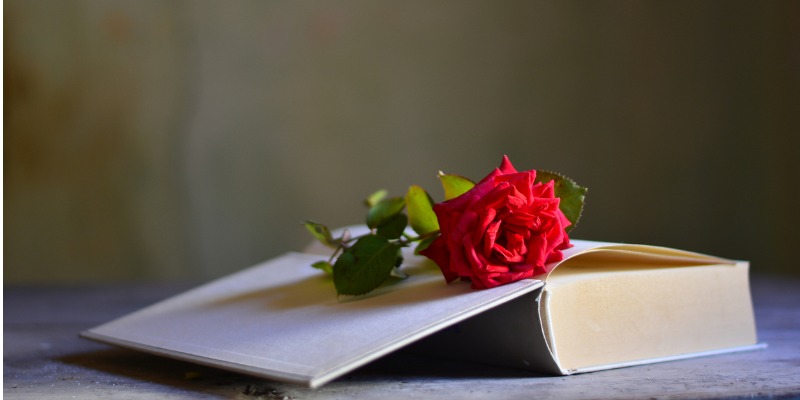
Roses are red, violets are blue
This popular Valentine’s Day poem can be traced back to Edmund Spenser’s 1590 epic, “The Faerie Queene”, in which he writes:
“She bath’d with roses red, and violets blew,
And all the sweetest flowres, that in the forrest grew.”
It appears in a more familiar fashion in Joseph Johnson’s Gammer Gurton’s Garland, a collection of nursery rhymes published in 1784:
“She bath’d with roses red, and violets blew,
And all the sweetest flowres, that in the forrest grew.”
Thou art my love and I am thine;
I drew thee to my Valentine:
The lot was cast and then I drew,
and Fortune said it shou’d be you.”
Printing and the Penny Post
It wasn’t until the 1800s, with the availability of cheap paper and the development of new printing techniques, that making Valentine’s Day cards, complete with sentimental verses and sketches, became an industry.
It grew throughout the 19th century, with up to 60,000 cards sent in the UK in 1836, despite the high cost of postage. Not long afterwards, in 1840, the advent of the cheaper Penny Post sent this number soaring to 400,000. By 1883, 2,768,000 cards were winging their way, like Cupid, across the country.
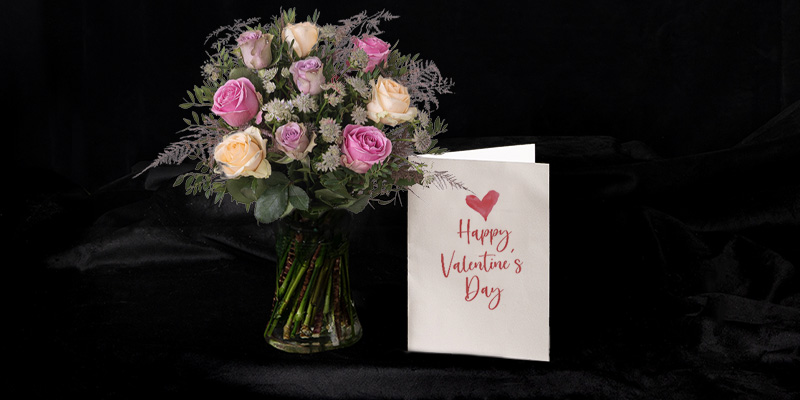
Romantic, playful and downright horrible
Lauren Stephenson is a curatorial officer at the Ironbridge Gorge Museums Trust in Shropshire, which runs the living museum, Blists Hill Victorian Town. We asked this fountain of period knowledge to share her insights into the style of Victorian Valentine’s Day cards.
She said: “They often featured images of flowers, birds, hearts, bells and quaint figures of lovers dressed in all the colours of the rainbow. Sometimes mounted on embossed or lace paper, they could be fun, witty or playful.
“Common depictions included banknotes drawn from the Bank of Love, bachelor’s buttons (cornflowers) and fake telegrams. The more bizarre ones contained hair.”
Though cards were more commonly sent than gifts, where gifts were given, Victorians favoured flowers (decoded using floriography, or ‘the language of flowers’), confectionery (Cadbury created Fancy Boxes in the shape of hearts in 1868), jewellery, toys and gloves. “Tradition had it that if a man gave a woman a glove on Valentine’s Day and wore it on Easter Sunday, it meant she reciprocated his love.”
But the Victorians were famously also fans of the macabre, which led to the ‘vinegar’ valentine. Beneath the sweet exterior and tender words of these cards lurked something far more sinister.
“‘Vinegar’ cards not only told the recipient that they weren’t loved, but they also insulted them,” said Stephenson. “They could be grotesque, rude, venomous in their humour and express anything but love.
“They were often swapped by estranged couples or simply posted to those who had somehow annoyed the sender. It’s not difficult to imagine that many of these so-called comic cards were torn into little pieces and thrown onto the fire.”
Love is just a click away
Today, just under half of the UK population spends a collective £1.3 billion on their Valentines, with roughly 25 million cards sent every year.
Since the turn of the millennium, the technology explosion has sparked new digital-led traditions, with millions of people now shopping for their Valentine’s Day cards, flowers, chocolates and luxury hampers online.
Our 2022 range of Valentine’s Day flowers is our most beautiful yet, complete with traditional red roses (undoubtedly the ultimate symbol of love), elegant white lilies, long-lasting orchid plants and letterbox flowers.
Our favourite bouquet? It’s got to be New Romance, with its exotic pink orchids, red and cerise roses, purple clematis, pretty pink veronica and fragrant lilac.
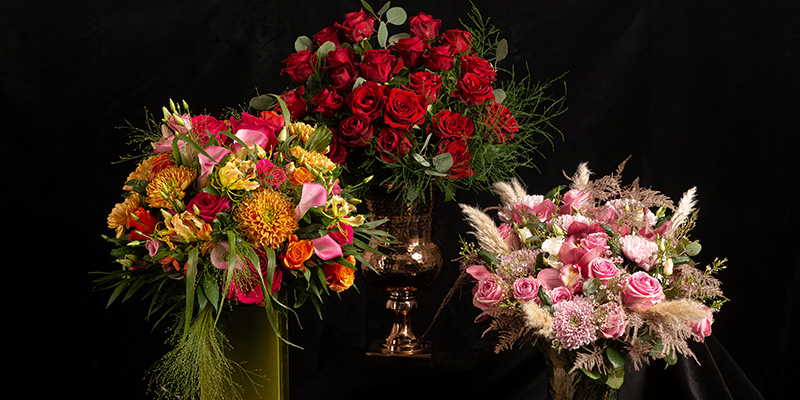
Make this Valentine's Day one to remember with our luxurious Valentine’s Day flowers. Or spoil them with a monthly flowers subscription, starting with a dozen red roses.
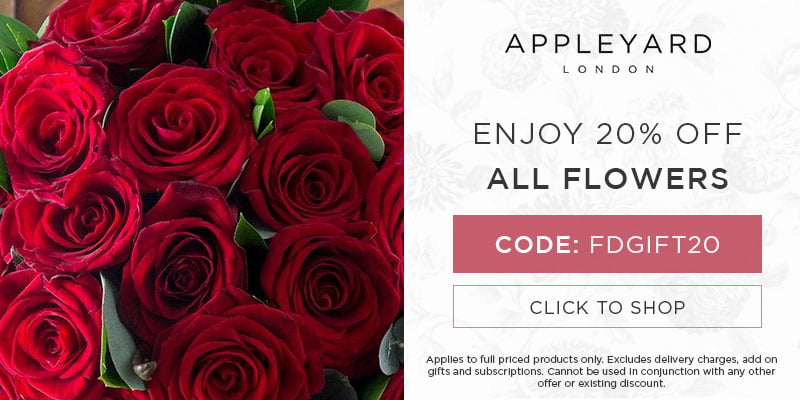

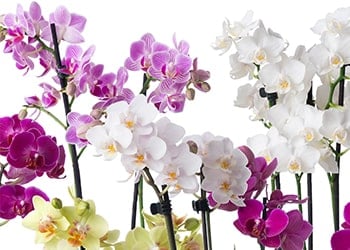




